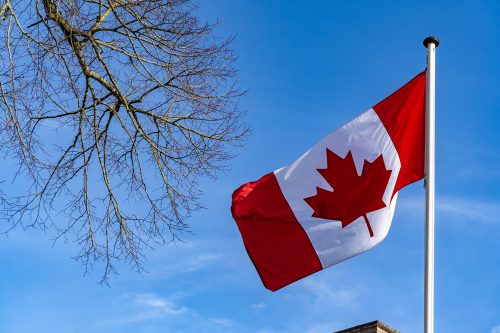Biology Keypoints: Natural Habitats; Natural habitats are specific environments or ecosystems where various plants and animals live and interact with their surroundings. These habitats can be broadly categorized into aquatic and terrestrial/arboreal habitats, each with its unique characteristics and inhabitants.
Study Other Biology Keypoints Here
Biology Keypoints: Natural Habitats
II. Aquatic Habitats
(a) Ponds:
- Ponds are small, shallow bodies of freshwater that support a wide range of life.
- Associate Plants: Water lilies, duckweeds, cattails, reeds.
- Associate Animals: Frogs, dragonflies, water bugs, turtles, snails.
- Adaptive Features: Aquatic plants have adaptations like floating leaves and long stems to reach sunlight. Animals have adaptations like webbed feet or specialized respiratory organs to live in water.
(b) Streams:
- Streams are flowing bodies of water, typically with rocks and pebbles on the bottom.
- Associate Plants: Watercress, moss, waterweed, algae.
- Associate Animals: Trout, salmon, insects (mayflies, stoneflies), crayfish.
- Adaptive Features: Stream plants have flexible stems to withstand the water flow, while animals have streamlined bodies and strong fins for swimming against the current.
(c) Lakes:
- Lakes are larger, often deep bodies of freshwater.
- Associate Plants: Water lilies, pondweed, bulrushes, algae.
- Associate Animals: Fish (bass, pike, catfish), ducks, swans, turtles, water snakes.
- Adaptive Features: Lake plants have long stems or floating leaves to reach sunlight, while animals have adaptations like gills or lungs to breathe underwater.
(d) Seashores:
- Seashores are the areas where land meets the sea, characterized by a dynamic environment influenced by tides and waves.
- Associate Plants: Beach grass, sea oats, salt marsh plants (e.g., cordgrass).
- Associate Animals: Crabs, seagulls, shorebirds, clams, snails.
- Adaptive Features: Seashore plants have adaptations to withstand saltwater exposure and shifting sands, while animals have specialized structures like shells or burrowing abilities to survive in this environment.
(e) Mangrove Swamps:
- Mangrove swamps are coastal wetlands characterized by mangrove trees and brackish water.
- Associate Plants: Mangrove trees (e.g., red mangrove, black mangrove), salt marsh grasses.
- Associate Animals: Mangrove crabs, mudskippers, mangrove snakes, egrets.
- Adaptive Features: Mangrove trees have specialized aerial roots for oxygen intake and stability in the muddy substrate. Animals have adaptations for living in both land and water, such as breathing through skin or gills.
III. Terrestrial/Arboreal Habitats (a) Tree-tops of Oil Palm:
- Oil palm tree tops provide a unique arboreal habitat for certain organisms.
- Associate Plants: Epiphytes (orchids, bromeliads), ferns, mosses.
- Associate Animals: Monkeys, birds (e.g., parrots, hornbills), tree-dwelling insects.
- Adaptive Features: Epiphytes have adaptations like aerial roots or water storage structures, while animals have grasping limbs or beaks for climbing and feeding.
(b) Abandoned Farmland or Dry Grassy (Savanna) Field:
- Abandoned farmland or dry grassy fields provide habitats for various organisms in open grassland areas.
- Associate Plants: Grasses, wildflowers (e.g., sunflowers, daisies), shrubs (e.g., thorny acacias).
- Associate Animals: Rabbits, deer, rodents (e.g., ground squirrels), birds (e.g., sparrows, meadowlarks).
- Adaptive Features: Grassland plants have adaptations like deep roots or narrow leaves to conserve water, while animals have keen senses (e.g., hearing, vision) and speed for predator avoidance.
(c) Burrow or Hole:
- Burrows or holes provide shelter and nesting sites for various organisms in different habitats.
- Associate Plants: None (as burrows are created by animals).
- Associate Animals: Ground-dwelling animals like rabbits, foxes, ground squirrels, and burrowing owls.
- Adaptive Features: Burrowing animals have adaptations like strong forelimbs or digging claws, specialized teeth for burrow construction, and escape tunnels for protection.







